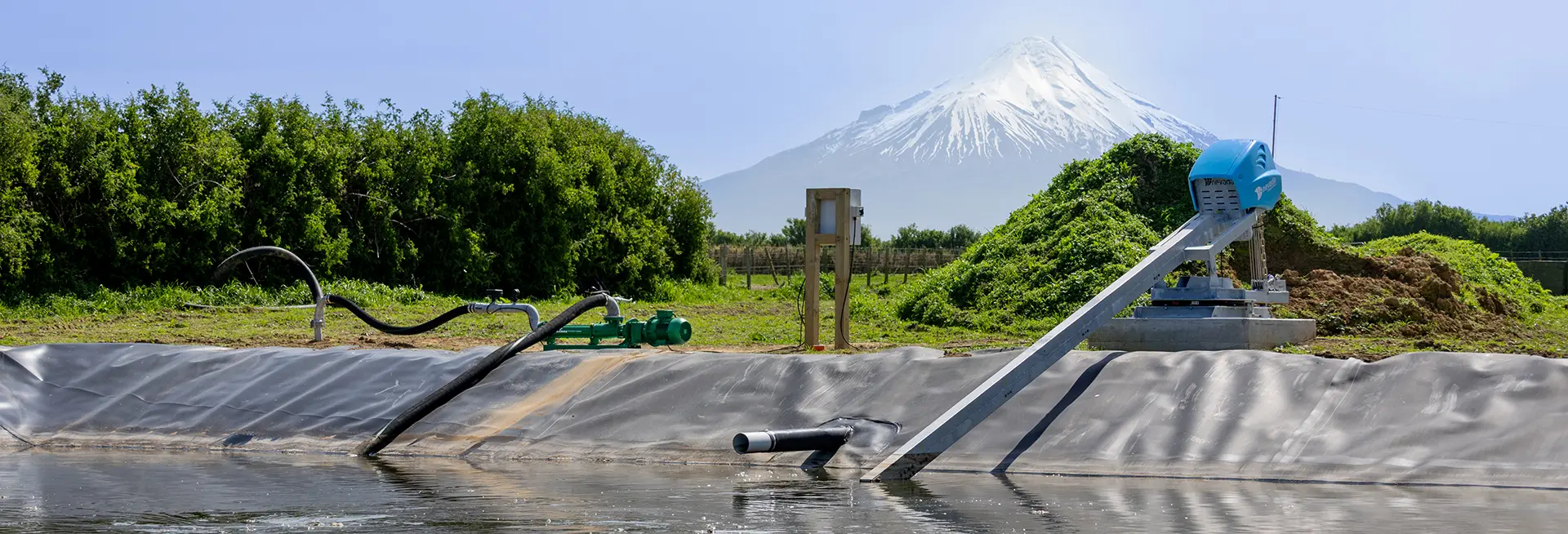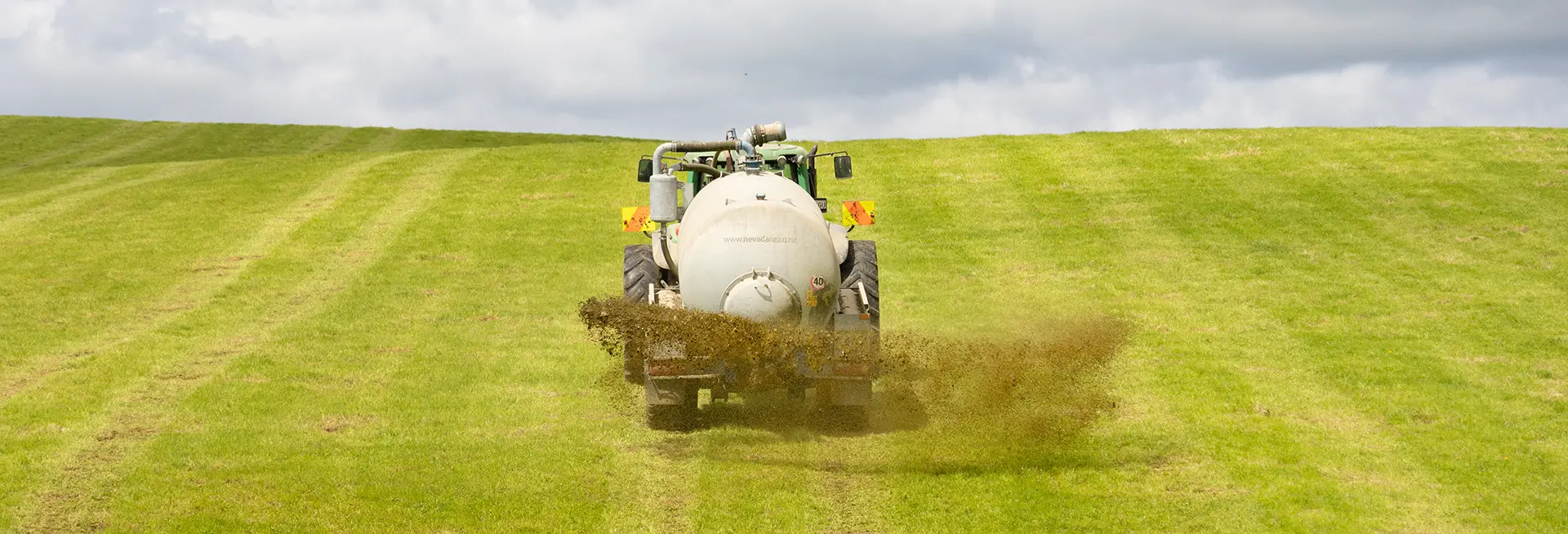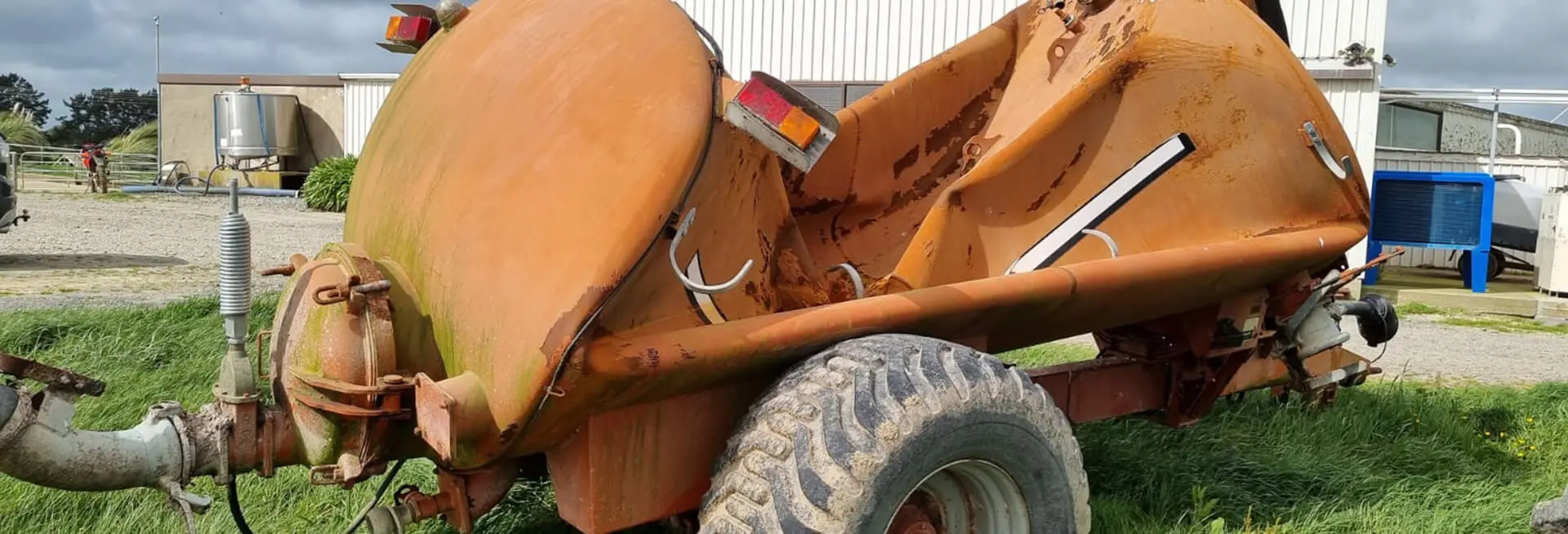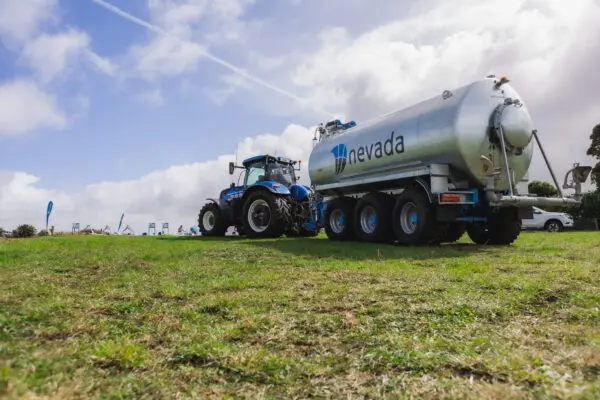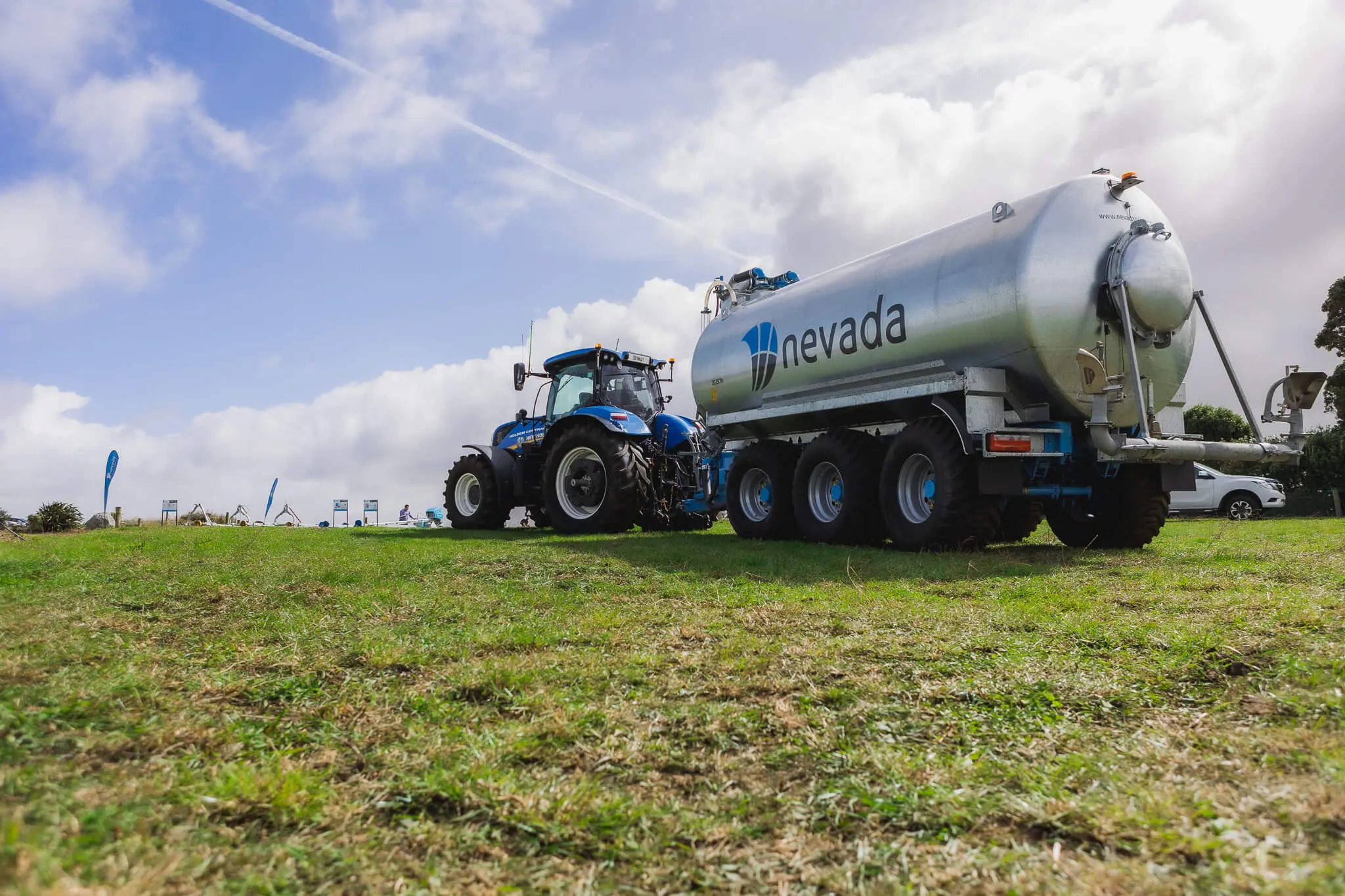Popular in Europe, slatted floor barn storage such as HerdHomes is often a consideration for farmers looking for an efficient means of collecting effluent while feeding and sheltering their animals. As with most things, investing in a slatted floor barn with effluent storage can have a lot of benefits if it’s done right. If you’re considering slatted floor barn storage read on for some important advice on managing the effluent…
What is Slatted Floor Barn Storage
Slatted floor barn storage would usually consist of a loose housed barn with a clear plastic roof and slatted concrete floor covering an effluent bunker below. They can be useful over wet periods, combining a feed pad and off-paddock wintering shelter while taking care of the effluent. Rubber matting or straw bedding is often added to enhance animal comfort, and the clear roof allows sunlight in to neutralise bacteria from the effluent.
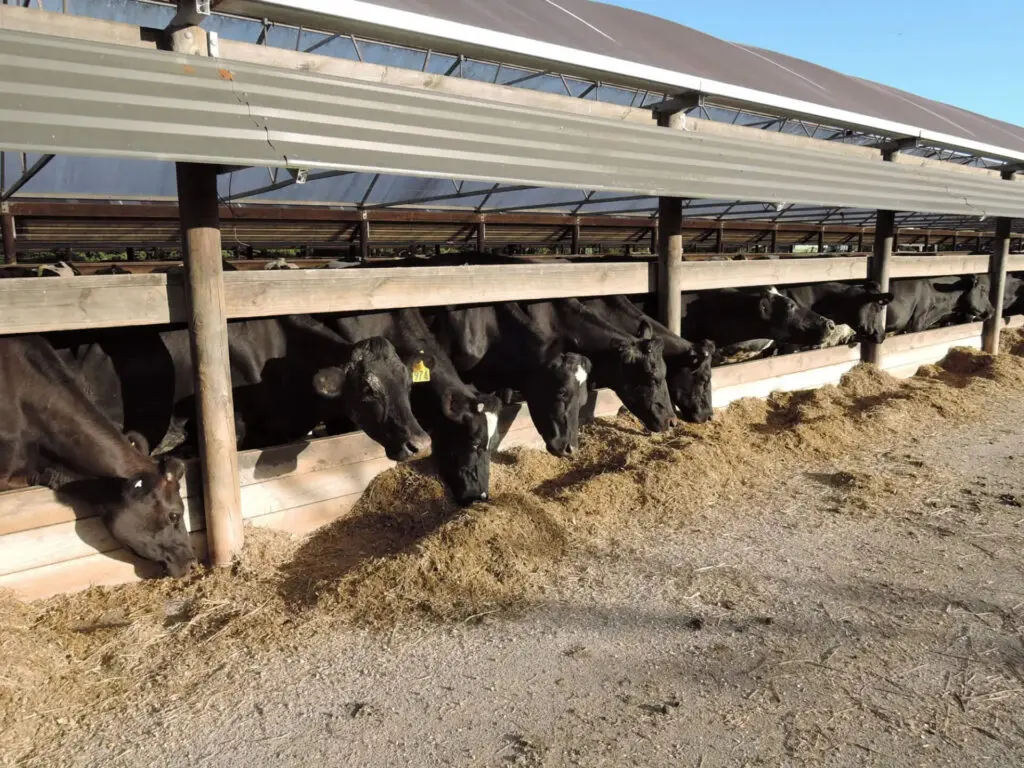
What are the benefits?
In terms of effluent management, this system can greatly reduce the day-to-day management of effluent while in use. It’s also possible more Nitrogen will be captured due to the effluent being in covered storage.
Things to consider…
The effluent management component of having a slatted floor barn is important, as this will greatly affect the overall efficiency and effectiveness of the system. Here are a few important recommendations:
Slatted floor barn storage works well to complement your main storage.
It is unlikely slatted floor barn storage alone would be enough to be council compliant.
Look for a slatted floor barn design that allows the effluent to circulate.
This will help prevent the effluent from separating with solids settling and degrading at the bottom of the bunker.
Allow for multiple suction points for a slurry tanker
Get a slurry tanker
This is the best and most effluent way of sucking out the underground storage bunker for the following reasons:
- The effluent in the slatted floor barn bunker contains a lot of added fibre from feed, straw, cow hair etc. This is easily sucked out with a slurry tanker, but could easily block pumps or irrigators.
- Typically the effluent bunker will need to be emptied once it is around half full. At this point the effluent is often too sloppy to be dug out, so the most efficient option would be to add water (or you could pump additional effluent from your pond) to the mix and suck it out with a slurry tanker.
- Make better use of nutrients by spreading more frequently – with a slurry tanker you can suck out and spread when it suits you, rather than needing to wait for a convenient time to remove the concrete slats and get a digger to clean out the bunker. Nutrients can lose value the longer they are left sitting.
- It’s a lot less work to clean the bunker out using a slurry tanker than having to clear out the barn and remove the concrete slats in order to dig out solids.
- With such a high concentration of nutrients it is important to spread using an applicator with low volitisation (like the Nevada RainWave™). This will reduce the amount of nutrients lost to the atmosphere.
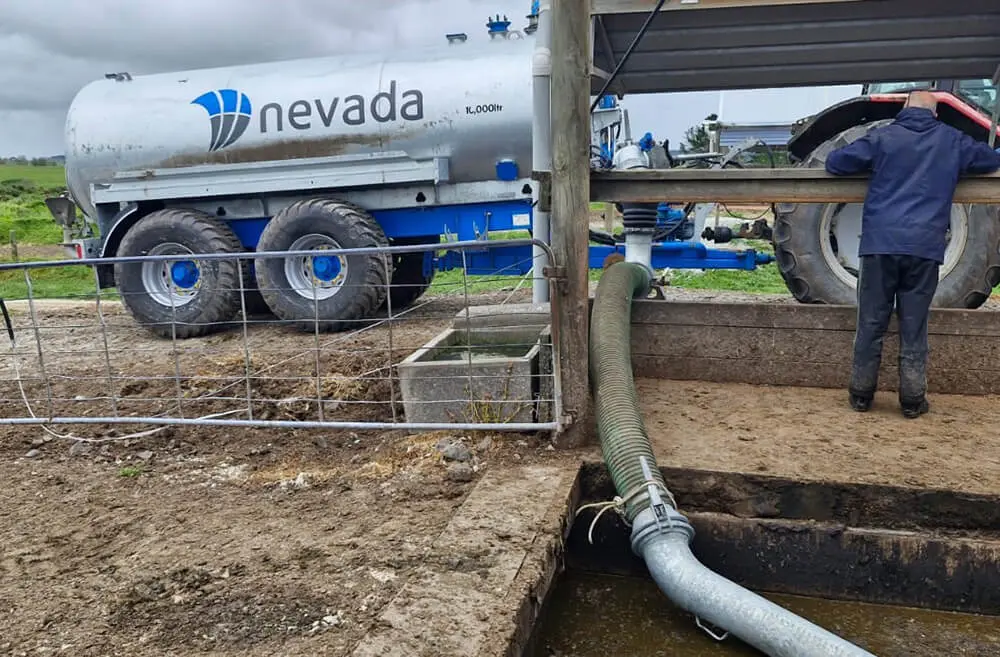
Want to know more, get in touch with one of our experts…
